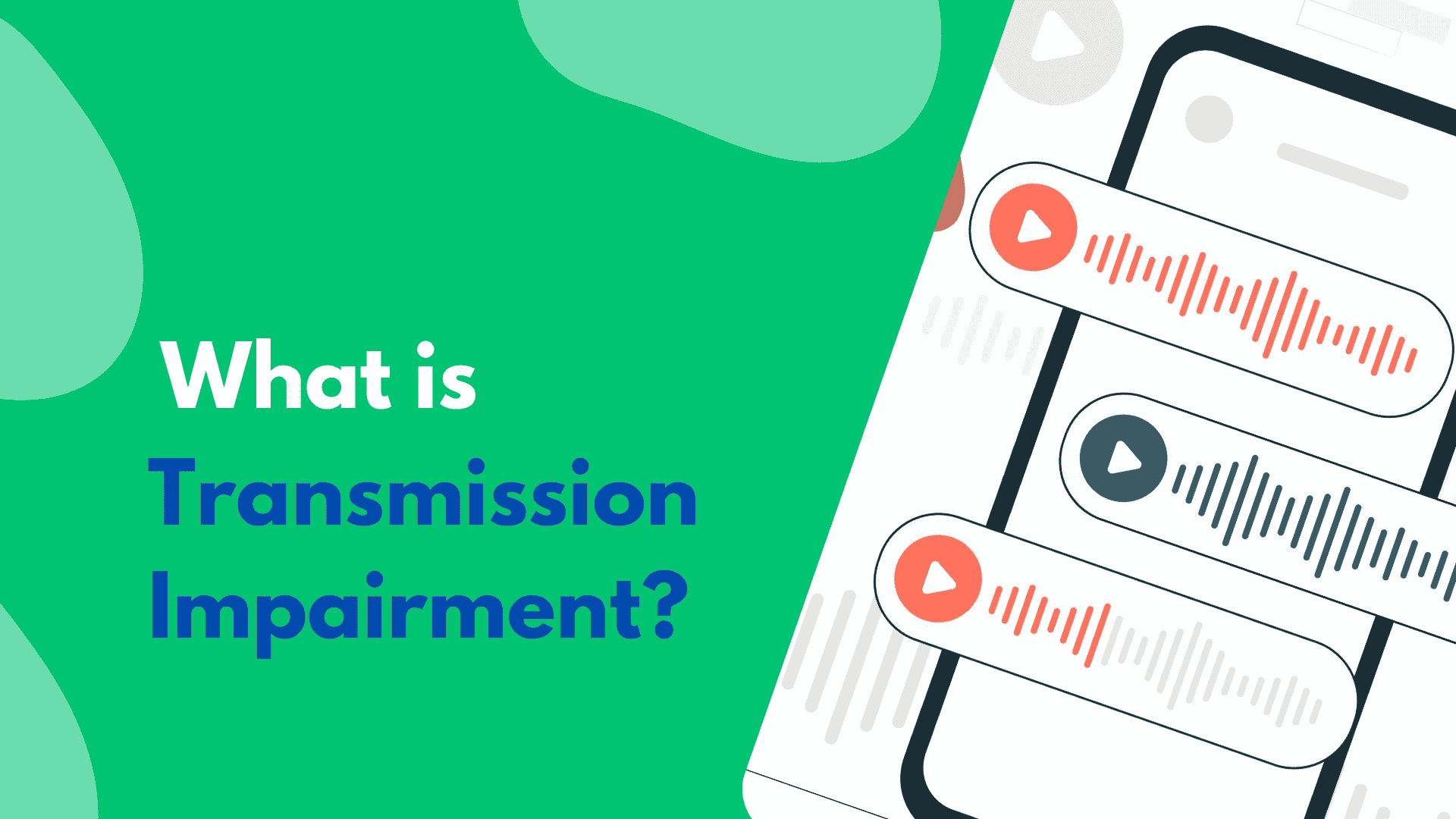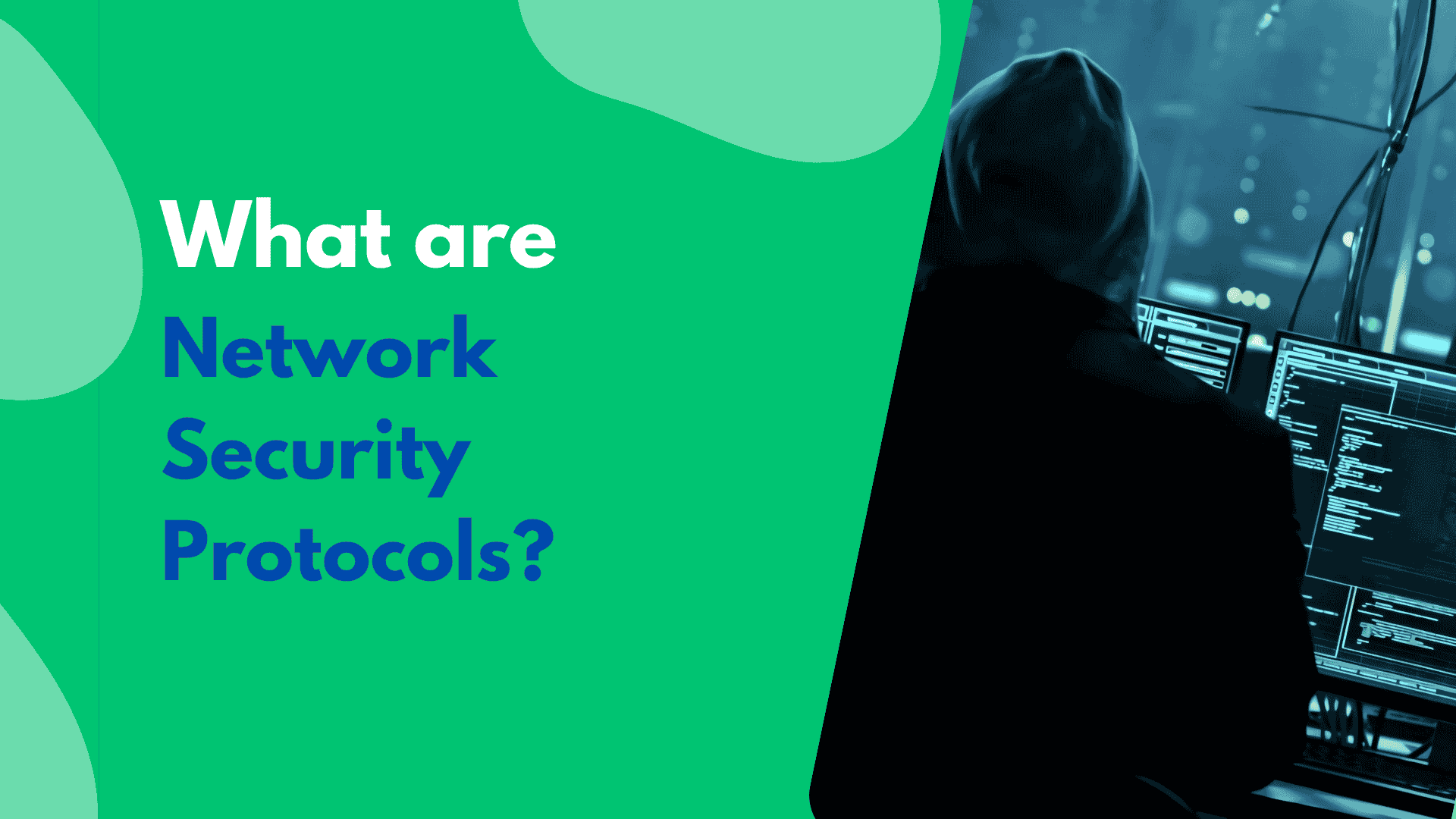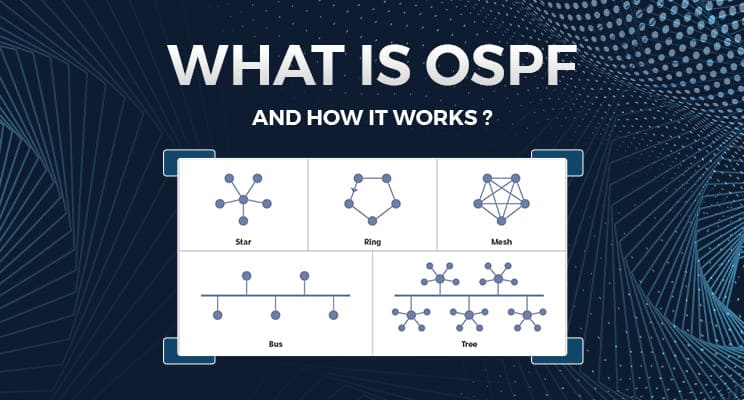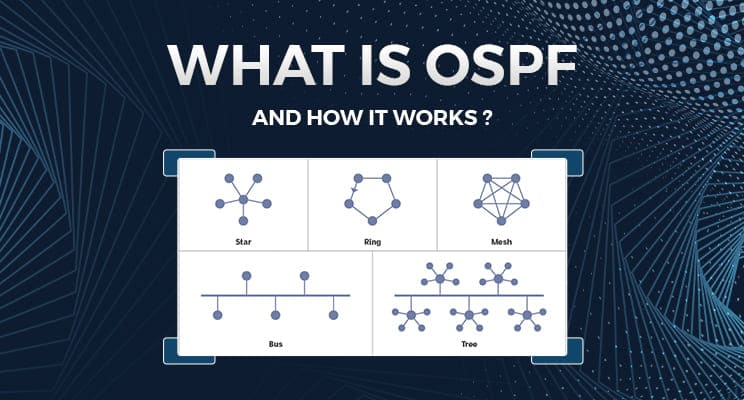Transmission Impairments in Computer Networks: Causes, Effects, and Solutions

Strong 8k brings an ultra-HD IPTV experience to your living room and your pocket.
In the current age of technology, computer networks are the backbone of communication, data transmission, and business operations. No network is immune to difficulties—perhaps one of the most prevalent being transmission impairment in computer networks. These can greatly influence the performance, reliability, and efficiency of any network system.
Whether it's a student following F5 Networks training, Windows training, or Linux training at UniNets, it's critical to grasp transmission impairment. In this blog, we will discuss what transmission impairments are, their major causes, impacts on network performance, and effective solutions to reduce them.
What are Transmission Impairments?
Transmission impairments are a distortion or degradation of a signal as it moves across a computer network from a sender to a receiver. Impairments happen because of the constraints of the transmission medium (such as copper cable, fiber optic, or wireless channel) and may interfere with the accuracy of data received.
All prospective network engineers, system administrators, or cybersecurity experts should grasp the essence of transmission impairment for effective troubleshooting and network optimization.
Types of Transmission Impairments
There exist three primary types of transmission impairments in computer networks:
1. Attenuation
Attenuation is signal weakening as it passes through a medium. Signals may be weakened by long-distance transmissions without repeaters, leading to data loss or corruption. This is a usual topic found in F5 Networks study materials.
2. Noise
Noise is any undesirable signal that disrupts the original transmission. These are electromagnetic interference (EMI), crosstalk, and thermal noise. Engineers who are learning through Linux training typically deal with equipment to filter out or cancel noise from communication lines.
3. Distortion
Distortion occurs when the signal alters its form or shape. This may be due to various frequency components moving at various speeds, and this is normally prevalent in multimedia or real-time data transmission applications.
Causes of Transmission Impairments in Computer Networks
Let us delve deeper into what causes such impairments:
1. Poor-Quality Transmission Media
Old or poor-quality cables can handle low-speed data transmission but not high-speed data transmission. Experts receiving Windows course training become knowledgeable in detecting and replacing malfunctioning cabling to prevent such impairment.
2. Long-Distance Communication
As distance increases, the likelihood of signal degradation also increases. In the absence of amplifiers or repeaters, attenuation is a significant issue.
3. Environmental Interference
External sources like lightning, power lines, and wireless signals from other devices account for noise. In F5 Networks training, it is instructed that students learn to set devices in such a way that external interference is minimized.
4. Faulty Network Design
Networks with faulty routing, switching, or bandwidth design may have distorted or delayed signals.
5. Hardware Failures
Faulty routers, switches, NICs (Network Interface Cards), or incompatible hardware leads to unexpected errors and transmission impairments.
Effects of Transmission Impairments
Transmission impairments have serious consequences for organizations:
1. Data Loss
Severe impairment results in the total loss of packets, causing applications to fail or run erratically.
2. Slow Network Speed
Users of networks suffer from huge delays, buffering, or timeouts, particularly in services such as video conferencing or VoIP.
3. High Error Rates
Higher retransmissions caused by errors waste bandwidth, lowering overall throughput.
4. Security Weaknesses
Compromised transmission integrity may be leveraged in cyber-attacks. This is highlighted in Linux course and Windows training modules on safe network practices.
Solutions to Overcome Transmission Impairments
In UniNets, students are provided with hands-on skills to overcome these problems utilizing the following methods:
1. Utilization of High-Quality Cables
Installation of shielded twisted pair (STP) or fiber optic cables can lower attenuation and noise considerably.
2. Signal Repeaters and Amplification
Utilizing repeaters or signal amplifiers at regular intervals preserves signal integrity over lengthy distances.
3. Shielding and Grounding Appropriately
F5 Networks course teaches cable grounding and shielding to technicians to safeguard against electromagnetic interference.
4. Error Detection and Correcting Protocols
Procedures such as CRC (Cyclic Redundancy Check) and ARQ (Automatic Repeat reQuest) assist in identifying and correcting errors due to impairments.
5. Network Monitoring Tools
Trained Linux professionals and Windows training professionals learn how to apply tools such as Wireshark, SolarWinds, and SNMP-based monitoring systems to identify and examine transmission errors in real time.
6. Software and Firmware Updates
Outdated software may cause compatibility problems and greater impairments. Updates and patch management are essential elements of Windows training and Linux course study.
Transmission Impairments and Training at UniNets
At UniNets, we prefer to provide IT professionals with theoretical knowledge as well as practical skills. Whether you are taking our F5 Networks training, Windows training, or Linux training, the idea of transmission impairments in computer networks is comprehensively covered.
F5 Networks course students learn about real-world environments in which load balancers and application delivery controllers have to contend with transmission errors.
Windows course attendees learn how to fix OS-level and driver-level problems that result in communication errors.
Linux training offers hands-on practice in shell scripting and utilizing diagnostic tools to monitor and improve network performance.
Such extensive training modules make students realize the actual effect of transmission impairments in the real world, ready them to troubleshoot, and make networks run smoother, faster, and more secure.
Final Thoughts
Knowledge of transmission impairments in computer networks is essential for anyone employed in IT infrastructure, cloud computing, or security. Transmission impairments, if not addressed, lower performance and lower security.
Due to the expert training programs offered at UniNets, such as the F5 Networks program, Windows program, and Linux program, IT professionals are equipped with the ability to identify, analyze, and resolve these issues effectively.
Note: IndiBlogHub features both user-submitted and editorial content. We do not verify third-party contributions. Read our Disclaimer and Privacy Policyfor details.







